-
 Bitcoin
Bitcoin $117300
1.99% -
 Ethereum
Ethereum $3884
5.89% -
 XRP
XRP $3.268
9.33% -
 Tether USDt
Tether USDt $1.000
0.02% -
 BNB
BNB $783.0
1.78% -
 Solana
Solana $173.6
3.51% -
 USDC
USDC $0.9999
0.00% -
 Dogecoin
Dogecoin $0.2193
7.00% -
 TRON
TRON $0.3380
0.30% -
 Cardano
Cardano $0.7769
5.08% -
 Stellar
Stellar $0.4350
9.36% -
 Hyperliquid
Hyperliquid $40.23
5.78% -
 Sui
Sui $3.739
6.95% -
 Chainlink
Chainlink $18.30
9.46% -
 Bitcoin Cash
Bitcoin Cash $581.7
2.11% -
 Hedera
Hedera $0.2577
5.51% -
 Ethena USDe
Ethena USDe $1.001
0.00% -
 Avalanche
Avalanche $23.08
4.23% -
 Litecoin
Litecoin $121.7
2.24% -
 UNUS SED LEO
UNUS SED LEO $8.962
-0.34% -
 Toncoin
Toncoin $3.332
1.36% -
 Shiba Inu
Shiba Inu $0.00001273
3.39% -
 Uniswap
Uniswap $10.35
6.84% -
 Polkadot
Polkadot $3.818
4.01% -
 Dai
Dai $1.000
0.01% -
 Bitget Token
Bitget Token $4.446
2.13% -
 Cronos
Cronos $0.1491
4.96% -
 Monero
Monero $255.4
-9.78% -
 Pepe
Pepe $0.00001099
4.80% -
 Aave
Aave $284.0
8.01%
How to set up a planned order in MEXC contracts? What are the options for triggering conditions?
Setting up a planned order on MEXC contracts allows traders to execute trades at set prices without constant monitoring, enhancing risk management and potential profitability.
May 06, 2025 at 09:07 am
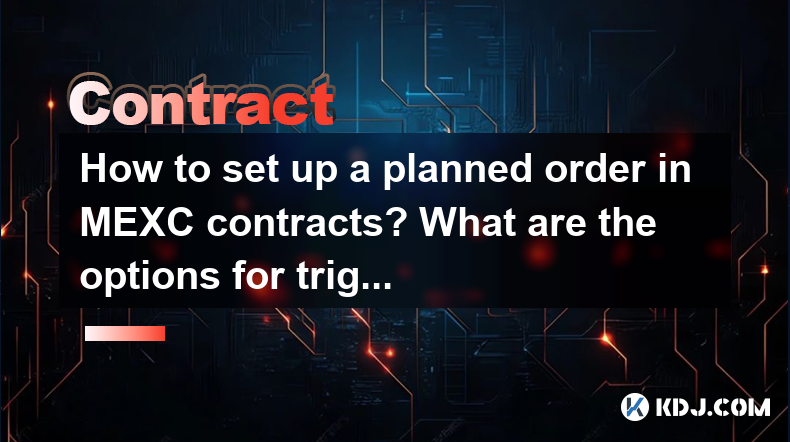
Setting up a planned order in MEXC contracts is a strategic way to manage your trading activities, allowing you to execute trades at predetermined price levels without the need for constant market monitoring. This feature is particularly useful for traders who want to capitalize on market movements while managing risk. In this article, we will guide you through the process of setting up a planned order on MEXC contracts and explore the various options for triggering conditions available to you.
Understanding Planned Orders on MEXC
Planned orders, also known as conditional orders or trigger orders, are orders that are set to execute when specific market conditions are met. They are essential tools for traders who wish to automate their trading strategies based on predefined criteria. On MEXC, planned orders can help you enter or exit positions at desired price points, thereby helping to manage your risk and potentially increase your profitability.
Accessing the MEXC Contracts Trading Interface
To begin setting up a planned order, you first need to access the MEXC contracts trading interface. Here’s how you can do it:
- Log in to your MEXC account. Ensure you have completed the necessary KYC (Know Your Customer) procedures to access the full range of trading features.
- Navigate to the Contracts section. On the MEXC homepage, click on the "Contracts" tab at the top of the page.
- Select the contract you wish to trade. MEXC offers a variety of contracts, including perpetual contracts and futures contracts. Choose the one that aligns with your trading strategy.
Setting Up a Planned Order
Once you are in the contracts trading interface, you can proceed to set up your planned order. Follow these steps:
- Click on the "Order" button. This will open the order placement panel.
- Select "Planned Order". In the order type section, choose "Planned Order" to access the conditional order settings.
- Choose the direction of your order. Decide whether you want to go long (buy) or short (sell) based on your market analysis.
- Set the trigger price. This is the price at which your planned order will be activated. For a long position, set the trigger price below the current market price; for a short position, set it above the current market price.
- Set the execution price. This is the price at which your order will be executed once the trigger price is reached. You can set this to be the same as the trigger price or different, depending on your strategy.
- Enter the quantity. Specify the amount of contracts you want to trade.
- Review and submit your order. Double-check all the details, and then click "Submit" to place your planned order.
Options for Triggering Conditions
MEXC offers several options for triggering conditions, each designed to cater to different trading strategies and risk management needs. Here are the main types of triggering conditions you can use:
- Limit Order Trigger. This type of trigger activates your planned order when the market price reaches your specified trigger price. Once triggered, the order is placed as a limit order at your execution price.
- Market Order Trigger. Similar to the limit order trigger, but once the trigger price is reached, the order is executed immediately at the best available market price.
- Stop-Limit Order Trigger. This combines the features of a stop order and a limit order. When the market price hits your stop price (trigger price), a limit order is placed at your specified execution price.
- Trailing Stop Trigger. This dynamic trigger adjusts your stop price as the market moves in your favor. It allows you to lock in profits while giving your position room to grow.
Customizing Your Planned Order Settings
MEXC provides additional customization options to fine-tune your planned orders according to your trading preferences. Here’s how you can customize your settings:
- Time in Force. You can set the duration for which your planned order remains active. Options include GTC (Good 'Til Canceled), IOC (Immediate or Cancel), and FOK (Fill or Kill).
- Leverage. Adjust the leverage level for your planned order to amplify your potential returns (and risks). Ensure you understand the implications of using leverage before setting it.
- Take Profit and Stop Loss. You can attach take profit and stop loss orders to your planned order to automatically close your position at predetermined profit or loss levels.
Monitoring and Managing Your Planned Orders
After setting up your planned order, it’s crucial to monitor and manage it effectively. Here’s how you can do that:
- Check the Orders tab. Navigate to the "Orders" section in the contracts trading interface to view all your active and historical orders, including planned orders.
- Modify or Cancel. If market conditions change, you may need to adjust your planned order. Click on the order in the "Orders" tab and select "Modify" or "Cancel" as needed.
- Review Execution. Once your planned order is triggered and executed, review the execution details to ensure it aligns with your expectations.
Frequently Asked Questions
Q: Can I set multiple planned orders for the same contract on MEXC?
A: Yes, you can set multiple planned orders for the same contract. Each planned order can have different trigger prices, execution prices, and quantities, allowing you to implement a diversified trading strategy.
Q: What happens if the market price gaps through my trigger price without touching it?
A: If the market price gaps through your trigger price without touching it, MEXC will still execute your planned order at the next available market price. This is known as a "slippage" and is a common occurrence in volatile markets.
Q: Can I use planned orders on MEXC mobile app?
A: Yes, you can set up and manage planned orders using the MEXC mobile app. The process is similar to the web interface, with all the same options for triggering conditions and customization available.
Q: Are there any fees associated with using planned orders on MEXC?
A: MEXC does not charge additional fees for using planned orders. However, standard trading fees for the executed orders will apply, which vary depending on your trading volume and account tier.
Disclaimer:info@kdj.com
The information provided is not trading advice. kdj.com does not assume any responsibility for any investments made based on the information provided in this article. Cryptocurrencies are highly volatile and it is highly recommended that you invest with caution after thorough research!
If you believe that the content used on this website infringes your copyright, please contact us immediately (info@kdj.com) and we will delete it promptly.
- Bitcoin Reserve, Gold Revaluation, Congress Considers: A New Era for US Financial Strategy?
- 2025-08-08 04:30:12
- KAITO's Momentum: Can It Reclaim Support Amidst Social Media Scrutiny?
- 2025-08-08 04:30:12
- Pi Coin's dApp and AI Potential: Building a Decentralized Future
- 2025-08-08 02:30:12
- Ruvi AI Takes the Lead: Outshining Dogecoin on CoinMarketCap
- 2025-08-08 02:50:12
- Cryptos Under $1: Is Ripple Still the King?
- 2025-08-08 03:50:12
- Cold Wallet, Bonk Price, ICP Price: Navigating the Crypto Landscape in 2025
- 2025-08-08 03:56:12
Related knowledge

Are there any fees for futures settlement on OKX?
Aug 08,2025 at 05:35am
Understanding Futures Settlement on OKXFutures settlement on OKX refers to the process by which open futures contracts are automatically closed or mar...

How to use the OKX margin calculator for futures?
Aug 08,2025 at 05:15am
Understanding the OKX Margin Calculator for FuturesThe OKX margin calculator is a specialized tool designed to assist traders in estimating the requir...
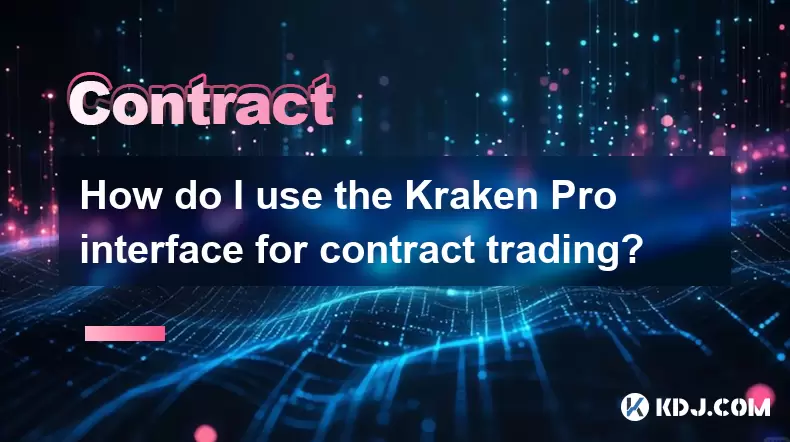
How do I use the Kraken Pro interface for contract trading?
Aug 08,2025 at 05:00am
Understanding the Kraken Pro Interface for Contract TradingThe Kraken Pro platform is designed for advanced traders who require speed, precision, and ...
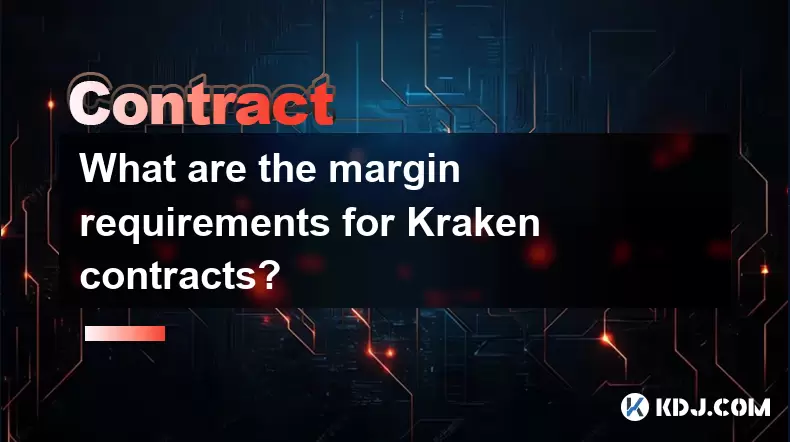
What are the margin requirements for Kraken contracts?
Aug 08,2025 at 05:42am
Understanding Margin in Kraken Futures TradingWhen engaging in futures trading on Kraken, traders must understand that margin is the collateral requir...
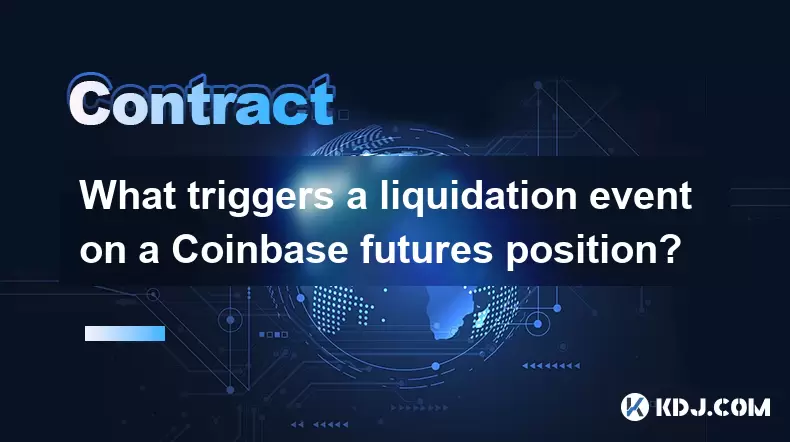
What triggers a liquidation event on a Coinbase futures position?
Aug 08,2025 at 01:15am
Understanding Futures Contracts on CoinbaseFutures contracts on Coinbase allow traders to speculate on the future price of a cryptocurrency, such as B...
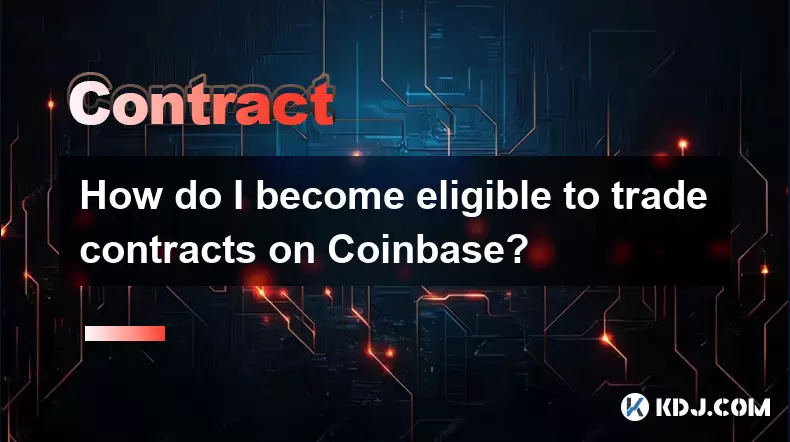
How do I become eligible to trade contracts on Coinbase?
Aug 08,2025 at 04:42am
Understanding Contract Trading on CoinbaseContract trading on Coinbase refers to the ability to trade derivative financial instruments such as futures...

Are there any fees for futures settlement on OKX?
Aug 08,2025 at 05:35am
Understanding Futures Settlement on OKXFutures settlement on OKX refers to the process by which open futures contracts are automatically closed or mar...

How to use the OKX margin calculator for futures?
Aug 08,2025 at 05:15am
Understanding the OKX Margin Calculator for FuturesThe OKX margin calculator is a specialized tool designed to assist traders in estimating the requir...

How do I use the Kraken Pro interface for contract trading?
Aug 08,2025 at 05:00am
Understanding the Kraken Pro Interface for Contract TradingThe Kraken Pro platform is designed for advanced traders who require speed, precision, and ...

What are the margin requirements for Kraken contracts?
Aug 08,2025 at 05:42am
Understanding Margin in Kraken Futures TradingWhen engaging in futures trading on Kraken, traders must understand that margin is the collateral requir...

What triggers a liquidation event on a Coinbase futures position?
Aug 08,2025 at 01:15am
Understanding Futures Contracts on CoinbaseFutures contracts on Coinbase allow traders to speculate on the future price of a cryptocurrency, such as B...

How do I become eligible to trade contracts on Coinbase?
Aug 08,2025 at 04:42am
Understanding Contract Trading on CoinbaseContract trading on Coinbase refers to the ability to trade derivative financial instruments such as futures...
See all articles

























































































